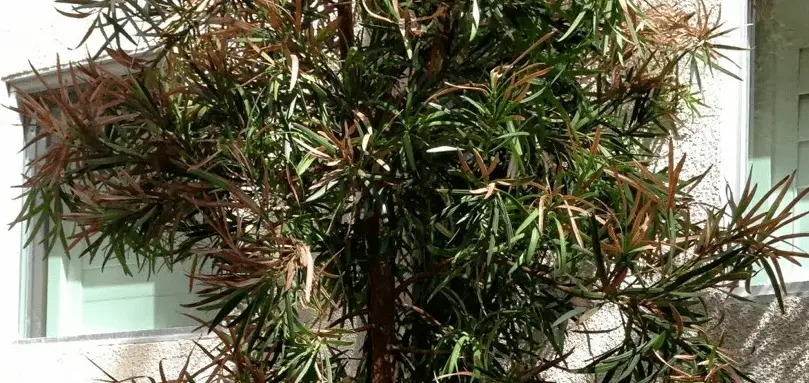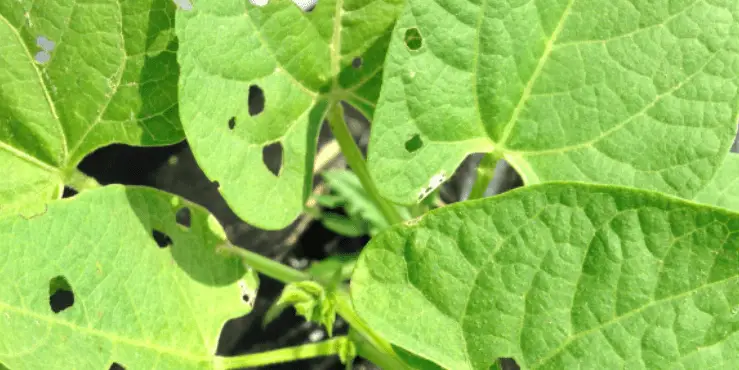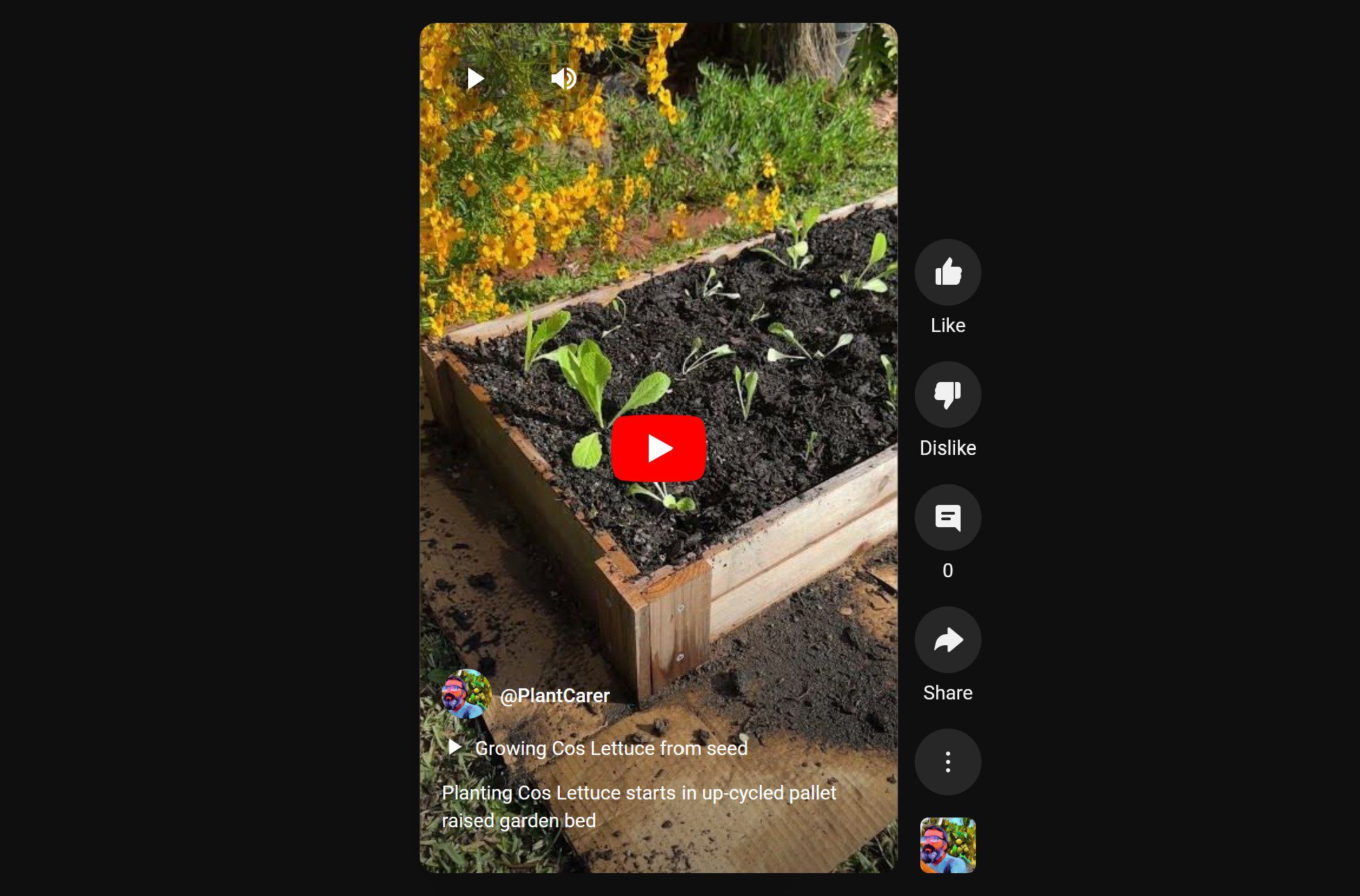Peace lilies are beautiful plants with long, green leaves and white flowers. They can do well in low light or full sun, but they need good drainage to stay healthy. It is important to avoid overwatering them because this will cause root rot and eventually kill the plant. Root rot starts as tiny brown spots on the roots and it can spread quickly if not caught early enough!
This blog post is going to walk you through 11 steps that will help save your peace lily from root rot so that it lives a long life!
How to Save Peace Lily from Root Rot?
You can save a peace lily from root rot by following these 6 steps:
- Remove the rotted root
- Wash all soil from every root
- Discard the old soil
- Repot the peace lily with fresh soil that drains well
- Apply hydrogen peroxide to kill any fungus
- Water it lightly to avoid waterlogging
The steps above are the basics of what you need to know if you want to save your peace lily from root rot. If you want to save your peace lily, it’s important to act quickly and remove the rotted roots as soon as you can.
Applying hydrogen peroxide is an important step because it will kill any fungus that might be lingering. This is a great way to save your peace lily from root rot! You can then repot the plant with fresh soil that drains well. Make sure you water it lightly after doing this.
To avoid any future problems, you may want to invest in a moisture meter or develop a watering schedule. This will help you avoid overwatering your peace lily and causing root rot. Peace lilies need good drainage in order to stay healthy so make sure they are potted in soil that drains well.
If the plant still has a bad smell after doing all of these steps, it might be infected with mold or mildew! You can clean this away by putting hydrogen peroxide on a cotton ball and wiping the leaves down to remove any fungus that is growing there.
FAQ
What causes root rot in peace lilies?
Root rot in peace lilies is caused by overwatering and poor drainage. It happens when water sits in the soil for too long. The roots of your peace lilies absorb this excess moisture, causing them to rot and die off.
This will lead to yellowing leaves, drooping lower branches, brown spots on the stems or root tips that are soft and mushy – if it’s not caught soon enough!
What kind of soil works best for peace lilies?
It is important to use a light, porous potting mix that allows excess water to drain easily. You can also add some charcoal or perlite if the drainage still isn’t good enough even after you’ve repotted with proper soil.
Should rotten roots be removed from peace lily with root rot?
Yes, you should remove rotten rots from the peace lily as soon as possible. This way, you can prevent further damage from spreading to other roots. But you need to act fast!
Is root rot bad for peace lilies?
Yes, root rot is extremely bad for peace lilies. It can kill the plant very quickly if you don’t take action soon enough! This is why it’s so important to monitor your soil conditions and avoid overwatering.
What are good soil conditions for peace lilies?
Good soil conditions for peace lilies include well-draining, moist but not soggy soil that doesn’t get too much water or sunlight. You should check the moisture levels in your pot every other day to ensure there is no standing water between watering sessions!
How often should I water my peace lily plant to avoid overwatering?
Water it once every week and don’t leave it sitting in standing water! If there’s no saucer under your pot, try placing a tray filled with pebbles underneath so that the roots have something to absorb instead of being left in stagnant moisture.
When watering it from above, make sure not to let any excess water sit on the leaves as this can damage them.
How often should I fertilize my peace lily plant?
You shouldn’t have to feed it too much since they don’t need a lot of fertilizer. A once-monthly dose of 20-20-20 is usually enough to keep things going strong!
Do I need to repot my peace lily every year to avoid root rot?
The best time for transplanting your peace lilies into bigger pots is in spring or early summer after they’ve finished blooming. If you’re planting more than one together, make sure that each new container has at least two inches on all sides between plants so that there’s enough space to grow. You may even want to divide your peace lily plant.
Any other tips for keeping my peace lily healthy and happy?
Be careful with fertilizers because they can burn off very quickly if there’s too much nitrogen in them! Also, be mindful of overwatering since this is one of the main causes of root rot.
If things are looking bad, take some time out to analyze their soil quality before deciding on what needs doing next. It might just need better drainage so try adding perlite or charcoal to the soil. If it’s dry, try using a moisture meter so that you know for sure how much water is needed each time!
Conclusion
In conclusion, peace lilies can be tricky to care for because they require a lot of light and don’t like their soil very wet. You should always monitor moisture levels in the pot before watering, avoid overwatering, and check that there isn’t too much nitrogen in your fertilizer!
I hope the tips in this article have helped you learn how to save peace lilies from root rot. Feel free to share your experiences and leave any questions or comments below!
Tim is an avid gardener from the UK. He was the founder of PlantCarer.com from 2021 to Sep 2023. He sold PlantCarer.com to Aaron. He has since started his own business called Seed To Supper, which provides new gardeners all the materials you need in a box (pots, seeds, compost and instructions) to grow your own delicious and nutritious vegetables and herbs from start to finish – no garden required.









0 Comments